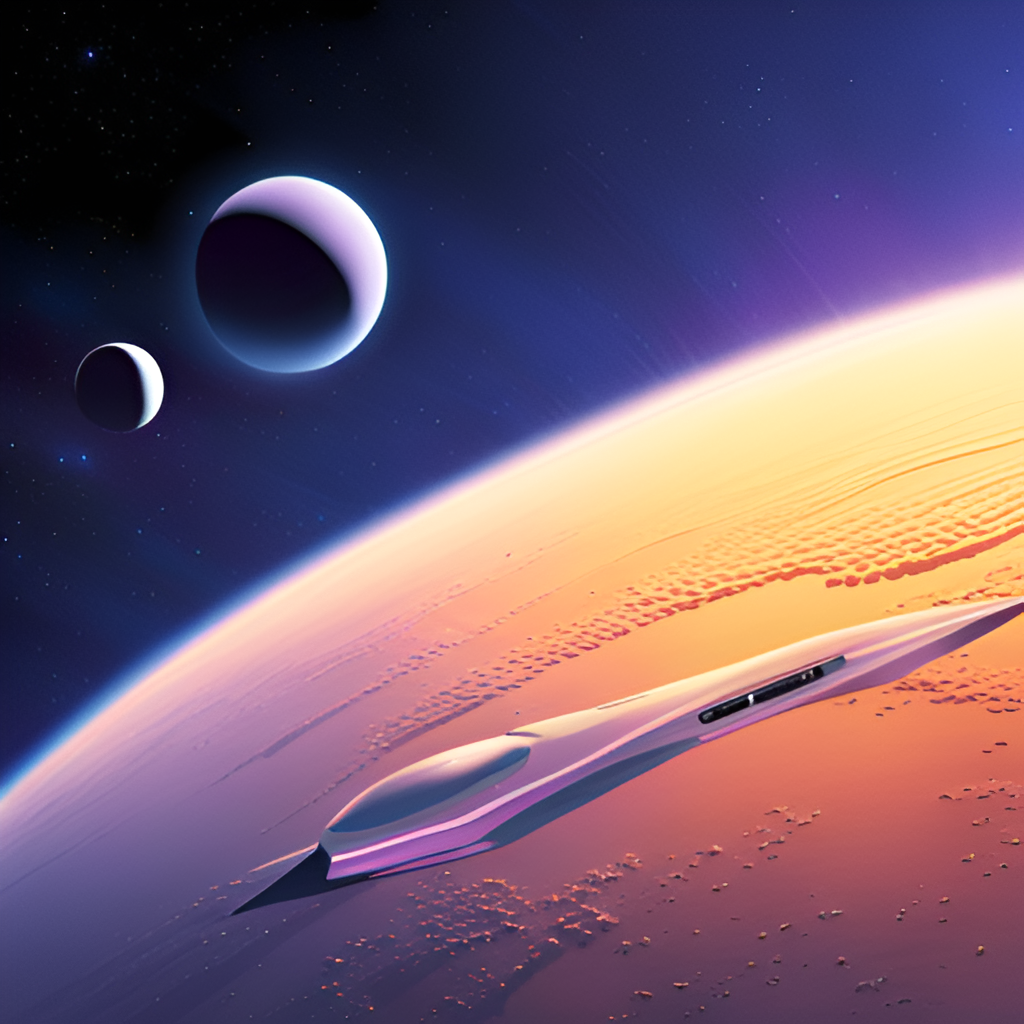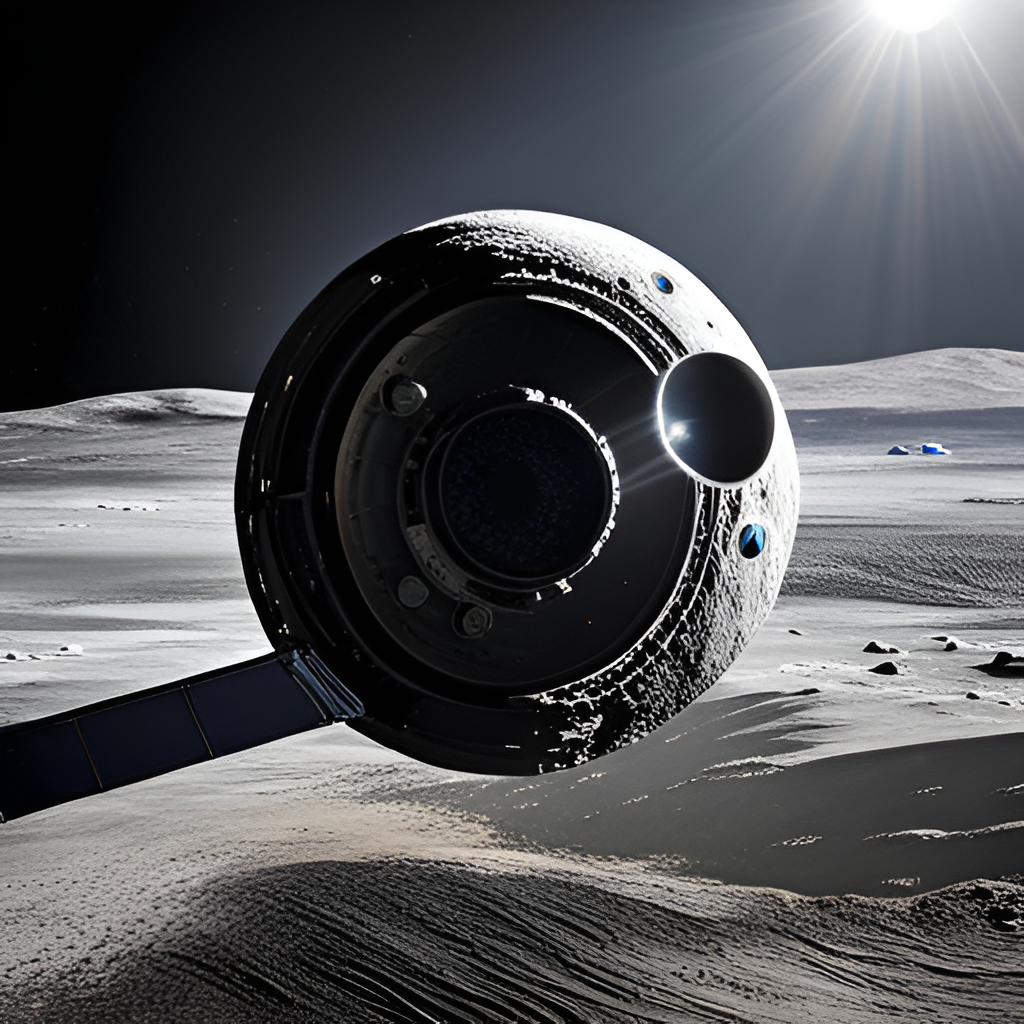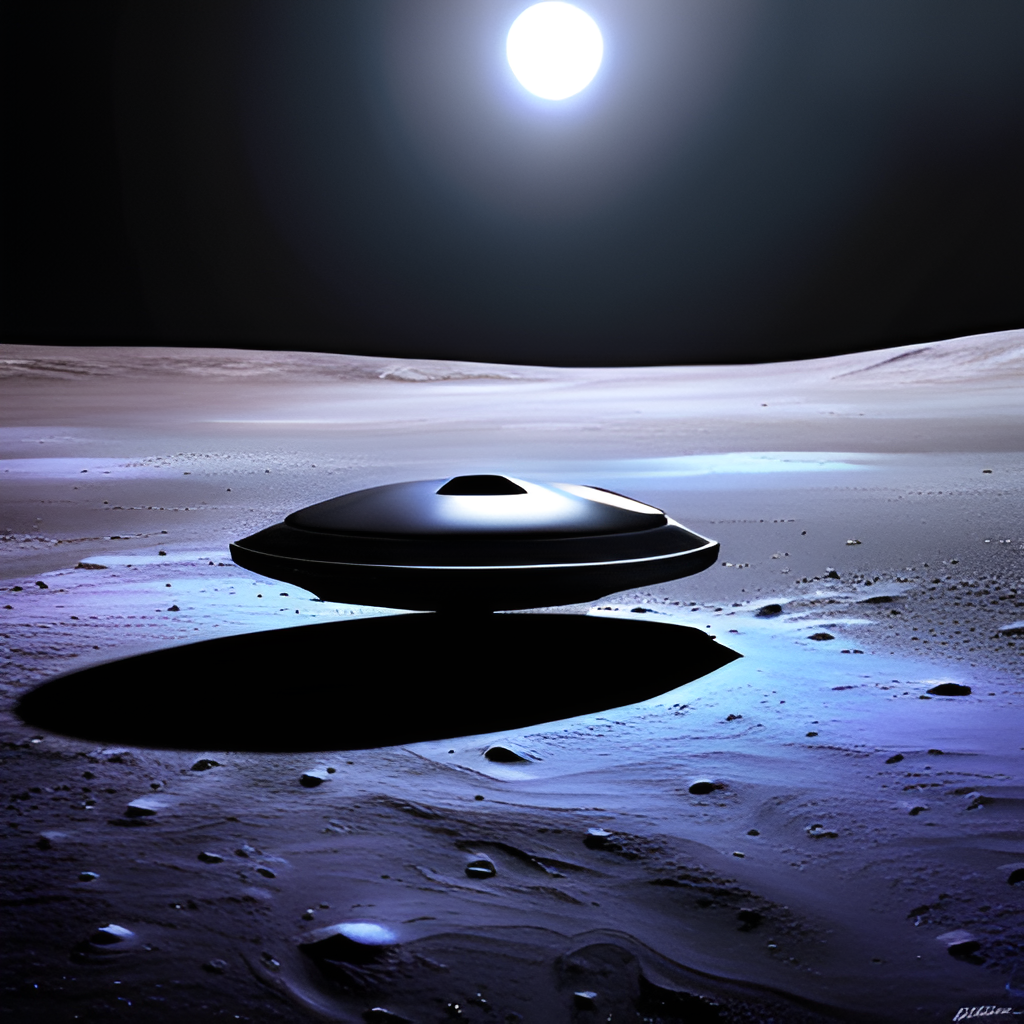Introduction
In this blog, we will explore Chandrayaan-3, one of the most intriguing missions in India’s space program. This mission is a huge step forward for our country as we continue to push the limits of scientific discovery and technical growth.
Chandrayaan-3 is a lunar exploration project that will place a rover on the moon’s surface and perform experiments to learn more about the lunar environment. But why is this task so crucial? It will not only help us understand more about the moon and its history, but it may also pave the path for future manned expeditions to the moon and beyond. This mission’s data might be critical in creating technology and tactics for deep space exploration.
Background

India’s space program began in the 1960s, with the formation of the Indian National Committee for Space Research (INCOSPAR). In 1972, the committee was renamed the
(ISRO). Since then, ISRO has remained at the forefront of Indian space exploration, achieving several key achievements.
India launched its first lunar mission, Chandrayaan-1, in 2008, marking a significant milestone in the country’s space program. The discovery of water molecules on the moon’s surface by the mission was a notable advance in lunar study. Chandrayaan-2, India’s second lunar mission, was launched in 2019 with the goal of landing on the moon’s south pole. Despite the fact that the lander crashed during the descent, the orbiter is still operating and sending crucial data back to Earth.
Chandrayaan-3 differs from its predecessor, Chandrayaan-2, in the following ways:
Exclusion of the Orbiter:
- Unlike Chandrayaan-2, Chandrayaan-3 does not carry an orbiter.
- The orbiter on Chandrayaan-2 is still active, delivering crucial data.
Improved Launch Capability:
- Chandrayaan-3 obtains powerful launch capabilities after being launched with LVM3 (formerly GSLV Mk III).
- Increased fuel capacity allows for more maneuvering and longer travel.
- Reinforced landing legs allow a more secure and steady lunar landing.
Instrumentation upgrade:
- Chandrayaan-3 is distinguished by improved sensors and bigger solar panels.
- Increasing the size of solar panels delivers more energy for onboard systems.
- The use of a ‘Laser Doppler VelociMeter’ to precisely measure spaceship speed.
Algorithm and software improvements:
- Chandrayaan-3 benefits from Chandrayaan-2’s learning.
- The algorithm and software have been updated to reduce software problems.
- The landing target area was increased from 500x500m to 4×2.4km for greater flexibility.
Payload and Propulsion Module:
- The propulsion module of Chandrayaan-3 propels the lander and rover into a 100km lunar orbit.
- Has a payload called Spectro-polarimetry of Habitable Planet Earth (SHAPE) for researching smaller planets.
Objectives

Chandrayaan-3 will undertake more study on the moon’s surface and atmosphere, building on the success of India’s earlier lunar missions. The mission’s major scientific goal is to investigate the mineral composition and distribution of the lunar surface in order to better understand the moon’s geological history and change through time. Furthermore, the mission will carry out tests to investigate the moon’s exosphere, or the thin layer of gases that surrounds it.
Chandrayaan-3 is a significant technological advancement for India’s space program. The project will be the first to employ a lander-rover combo on the lunar surface, allowing for more accurate landing and mobility. It will also have modern instruments and sensors to collect data on the ecology and geology of the moon. Overall, the Chandrayaan-3 mission provides an exciting opportunity for India to further its scientific and technical capabilities in space exploration.
Mission Details

The launch of Chandrayaan-3 is planned for late 2022 or early 2023. The spacecraft was launched from the Satish Dhawan Space Centre in Sriharikota, Andhra Pradesh, on India’s Geosynchronous Satellite Launch Vehicle (GSLV) Mk III rocket.
The spacecraft will be made up of an orbiter, a lander, and a rover. The orbiter will stay in lunar orbit, while the lander and rover will land gently on the moon’s surface. The rover will next spend up to two weeks exploring the lunar landscape, gathering data on the moon’s geology, minerals, and atmosphere.
A high-resolution camera, a laser-induced breakdown spectroscope, and a mass spectrometer are among the scientific instruments aboard Chandrayaan-3. Scientists will be able to analyze the moon’s surface in unprecedented detail, giving fresh information on its origins and development.
Chandrayaan, which means “moon vehicle” in Sanskrit, was created on a budget of slightly less than 615 crore. The cost of Chandrayaan-3 has been authorized at 250 crore (without the cost of the launch vehicle).
Challenges

The expense of the Chandrayaan-3 mission is one of the most significant challenges. Building and sending a spacecraft to the moon is a costly effort, and India will need to devote substantial resources to ensure the mission’s success.
Another issue is the mission’s technological complexity. The spaceship must be developed and constructed to resist the severe conditions of space and the moon’s surface, which may be quite difficult. Furthermore, numerous unknown variables, like as solar flares and other space weather occurrences, might have an influence on the mission’s success.
The Sun hovers below or just over the horizon at the lunar South Pole, causing temperatures to rise above 54 degrees Celsius during daylight hours. Even during these times of illumination, some craters have permanently dark sections that haven’t seen sunlight in billions of years and have temperatures as low as -203 degrees Celsius.
Even with excellent sensors, it will be impossible to identify what the ground looks like from a vehicle descending to the lunar South Pole due to the mix of topography and illumination conditions.
The lunar south pole has harsh and contrasting circumstances that pose obstacles for people, but they also serve as possible reservoirs of significant knowledge about the early Solar System.
Conclusion
Finally, the Chandrayaan-3 mission marks a substantial advancement in India’s space program and our understanding of the moon. This mission, with its sophisticated technology and scientific goals, promises to generate revolutionary discoveries and inspire future generations of scientists and engineers.
While our quest is not without its obstacles and hazards, we remain hopeful and eager about what lies ahead. The Indian Space Research Organisation’s (ISRO) devotion and experience give us confidence that this mission will be a success, and we look forward to watching its development in the coming months and years.
Know More:- 3 Uncharted Territory
